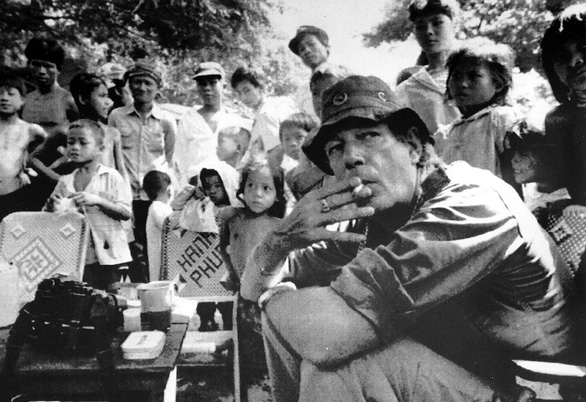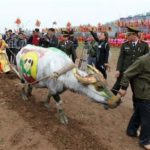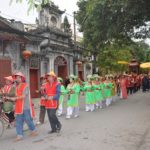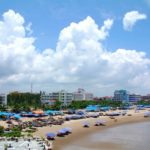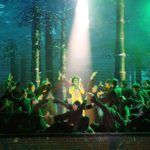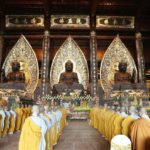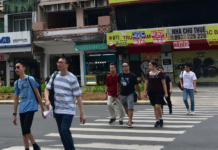His death was confirmed by his longtime partner, Marianne Harris, according to The New York Times.
Page was one of the most vivid personalities among a corps of Vietnam photographers whose images helped shape the course of the war.
Timothy John Page was born in Royal Tunbridge Wells, Kent, in the UK on May 25, 1944.
He was the son of a British sailor who was killed in World War II. He was adopted and never knew his birth mother.
At 17, he left England in search of adventure, leaving behind a note that read: “Dear Parents, am leaving home for Europe or perhaps Navy and hence the world. Do not know how long I shall go for.”
He went well beyond Europe, traveling to the Middle East, India, and Nepal, before ending his journey in Laos at the beginning of the Indochina war.
He found freelance work with United Press International and won a job thanks to photographs he had taken of an attempted coup in Laos in 1965.
He spent most of the next five years covering the war in Vietnam, working largely on assignment for Time and Life magazines, U.P.I., Paris Match, and The Associated Press.
He returned regularly to Vietnam after the war on photography assignments, ran photography workshops, and photographed victims of Agent Orange – a carcinogenic defoliant sprayed by the American military to clear Vietnam’s dense jungles in wartime.
According to the Guardian, Page founded the Indochina Media Memorial Foundation (IMMF) in 1991 in order to collect funding for the training of young Vietnamese photographers by selling photographs taken by journalists who covered 30 years of conflict in Indochina.
A freelancer and a free spirit whose Vietnam pictures appeared in publications around the world in the 1960s, Page was seriously wounded four times, most severely when a piece of shrapnel took a chunk out of his brain and forced him into months of recovery and rehabilitation.
Page was, in large part, the inspiration for the drugged-out, risk-taking war photographer played by Dennis Hopper in Francis Ford Coppola’s 1979 film Apocalypse Now.
He published dozens of books, including two memoirs.
Most notable is Requiem, which is a collection of photographs by photographers of all affiliations who perished in various wars across Indochina.
The photographs from Requiem have been exhibited in museums in the U.S., Europe, and Vietnam.
During the last years of his life, Page taught at Griffith University in Australia and frequently held photography courses in Southeast Asia.
He had at least 750,000 photographs in his database captured throughout the years, most notably in Vietnam and during conflicts in the Middle East, the Balkans, and Afghanistan.
Like us on Facebook or follow us on Twitter to get the latest news about Vietnam!
Painting contest held for buffaloes joining ploughing festival in Ha Nam
A buffalo painting contest for the Doi Son Tich Dien (ploughing) Festivalwas held on February 10, or the sixth day of the Lunar New Year in Doi Son commune, Duy Tien district, the northern province of Ha Nam.
